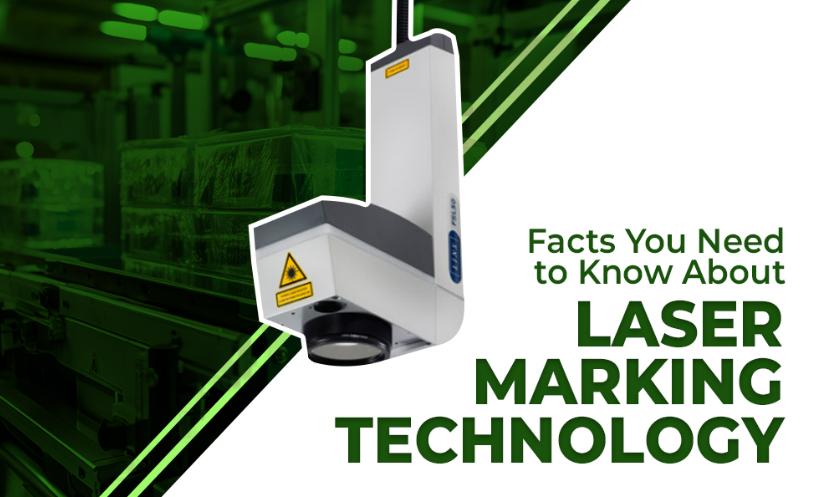Laser marking is an innovation in the production process applied in various industries from medicines to cars. Laser marking technology is used for faster production lines as it can mark materials generally within 18m/s thanks to automated high-precision programs that can be applied to materials ranging from metals, glass, and rubber.
Laser marking technology is a good alternative to labels or inkjets because of its cost-efficiency. They can go through additional processes such as soldering, cleaning, and other chemicals while remaining indelible. However, you must consider laser marking machines a long-term investment given their technical specifications and guidelines regarding their use. Here are 3 facts you need to know about laser marking before integrating them into your business.
3 Facts You Need to Know About Laser Marking Machines
1. Different Lasers Have Specific Uses
Different laser types are used for marking in production which all have specific benefits and drawbacks for specific tasks. These are the commonly used lasers in manufacturing:
• UV Laser
This laser method is typically used for marking plastics, ceramics, rubbers, and semiconductors. UV laser marking is also referred to as “cold marking” because they have a very short wavelength which allows them to not overheat the material and still achieve a high-resolution result on the surface.
• Fiber Laser
These are typically used to make permanent intricate marks on metals, plastics, and carbon fiber. Fiber lasers have had widespread use in telecommunications and medical technologies. They are ideal for marking small parts or putting detailed information in a small space.
• CO2 Laser
This type of laser is normally used on organic materials like rubber, wood, paper, glass, and ceramic. CO2 lasers seal CO2 gas in a tube charged with electricity causing a beam to focus. They have faster marking speeds but have a high maintenance cost. They are not suited for marking metals.
2. They Have High Production Efficiency
Marks from laser systems are more precise than methods like stamping or dot peening. Their speed depends on how big or small the marking needs to be. If it is big then it is quick and if it is small then it will take longer.
3. Maintenance Is A Must
To make the most of your laser coding machines, regularly check their condition for optimal performance, longevity, and safety. Just like any precision equipment, laser marking requires regular upkeep and attention to prevent issues and decreased marking quality.
Among the factors to consider concerning maintenance are as follows:
• Misaligned Components
Recalibrate sensors and cameras for them to mark material properly. Check for loosened screws or misaligned laser heads.
• Cleaning Parts
Make sure to clean all parts of the equipment without causing damage. Use dust-free cleaning materials and isopropyl alcohol to clean the lens and mirrors.
• Scheduled Systems Check
Commit to a routine check-up of all mechanical and software systems of your machines. Run sample testing to see if speed and quality are still the same.
ALSO READ: Most Common Mistakes to Avoid in Laser Coding
However, if you are looking for laser markers that require minimal maintenance and flexible coding, try the Linx SL1. Elixir is a reputable supplier of industrial equipment in the Philippines. Choose from the Linx series the most suitable laser marking machine for your business needs.

